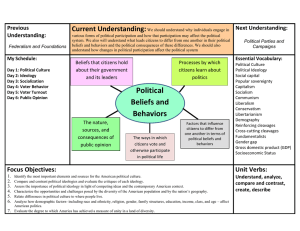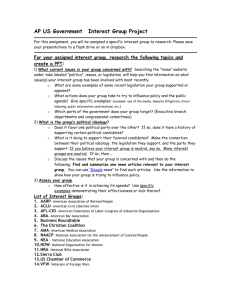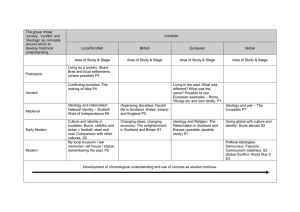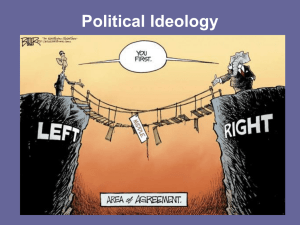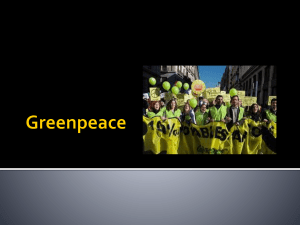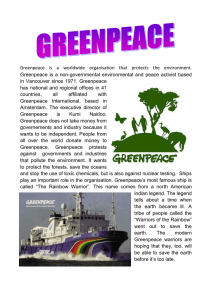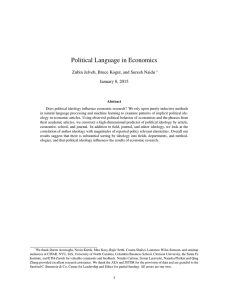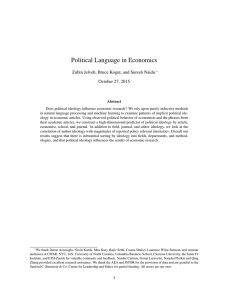Lindsay Campbell 29 March 2005 11.363: Response Paper 5
advertisement
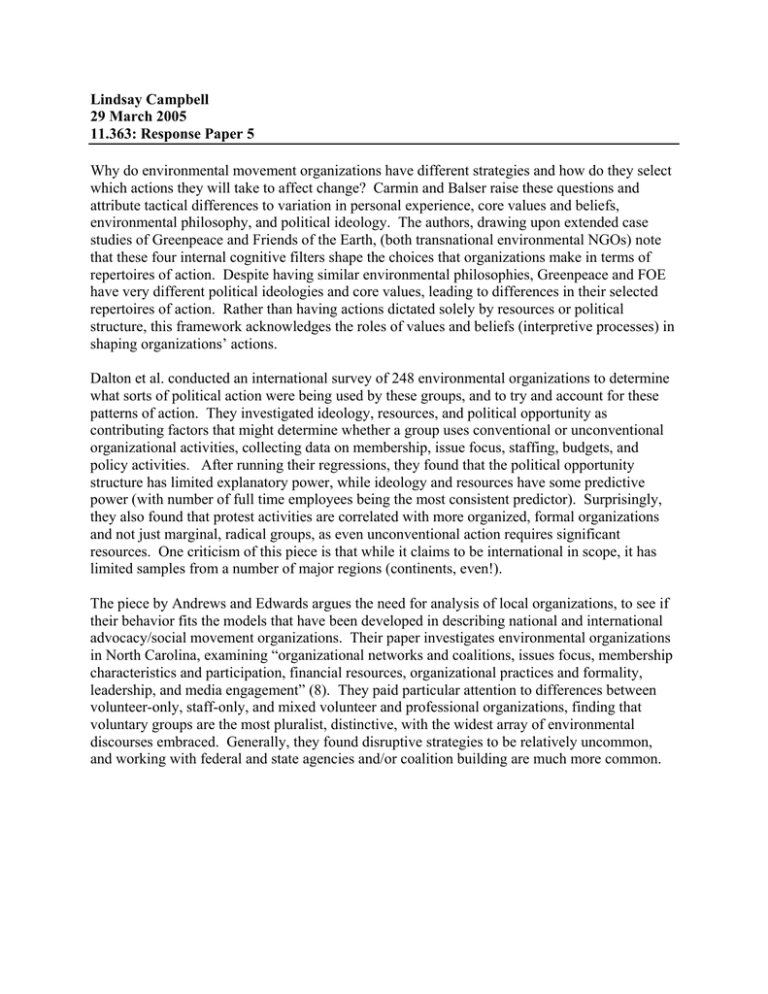
Lindsay Campbell 29 March 2005 11.363: Response Paper 5 Why do environmental movement organizations have different strategies and how do they select which actions they will take to affect change? Carmin and Balser raise these questions and attribute tactical differences to variation in personal experience, core values and beliefs, environmental philosophy, and political ideology. The authors, drawing upon extended case studies of Greenpeace and Friends of the Earth, (both transnational environmental NGOs) note that these four internal cognitive filters shape the choices that organizations make in terms of repertoires of action. Despite having similar environmental philosophies, Greenpeace and FOE have very different political ideologies and core values, leading to differences in their selected repertoires of action. Rather than having actions dictated solely by resources or political structure, this framework acknowledges the roles of values and beliefs (interpretive processes) in shaping organizations’ actions. Dalton et al. conducted an international survey of 248 environmental organizations to determine what sorts of political action were being used by these groups, and to try and account for these patterns of action. They investigated ideology, resources, and political opportunity as contributing factors that might determine whether a group uses conventional or unconventional organizational activities, collecting data on membership, issue focus, staffing, budgets, and policy activities. After running their regressions, they found that the political opportunity structure has limited explanatory power, while ideology and resources have some predictive power (with number of full time employees being the most consistent predictor). Surprisingly, they also found that protest activities are correlated with more organized, formal organizations and not just marginal, radical groups, as even unconventional action requires significant resources. One criticism of this piece is that while it claims to be international in scope, it has limited samples from a number of major regions (continents, even!). The piece by Andrews and Edwards argues the need for analysis of local organizations, to see if their behavior fits the models that have been developed in describing national and international advocacy/social movement organizations. Their paper investigates environmental organizations in North Carolina, examining “organizational networks and coalitions, issues focus, membership characteristics and participation, financial resources, organizational practices and formality, leadership, and media engagement” (8). They paid particular attention to differences between volunteer-only, staff-only, and mixed volunteer and professional organizations, finding that voluntary groups are the most pluralist, distinctive, with the widest array of environmental discourses embraced. Generally, they found disruptive strategies to be relatively uncommon, and working with federal and state agencies and/or coalition building are much more common.
